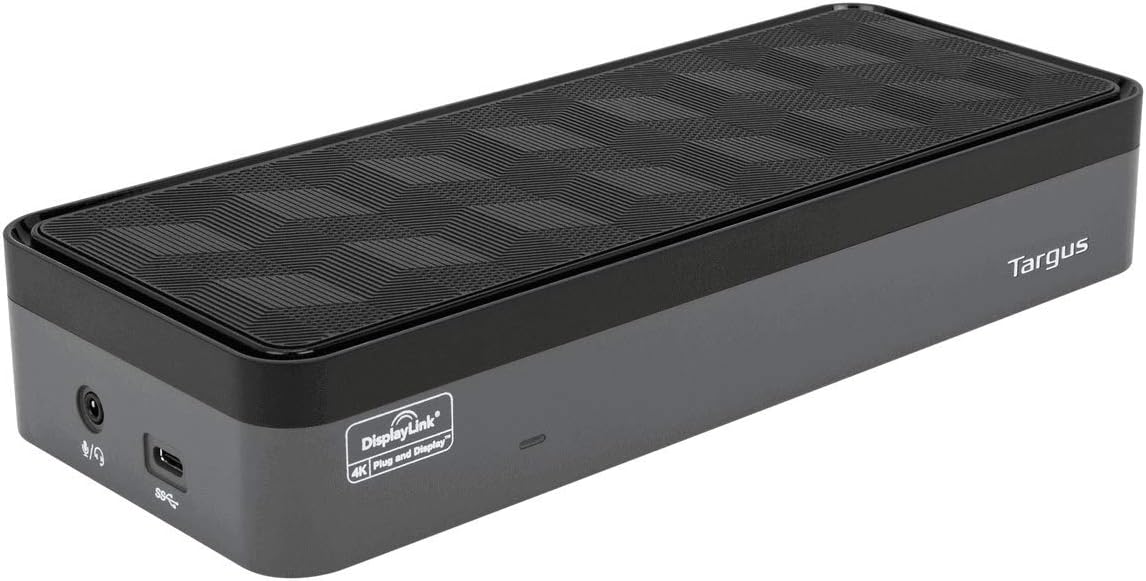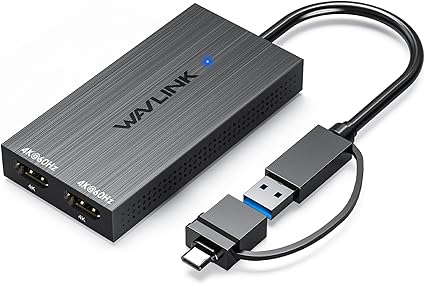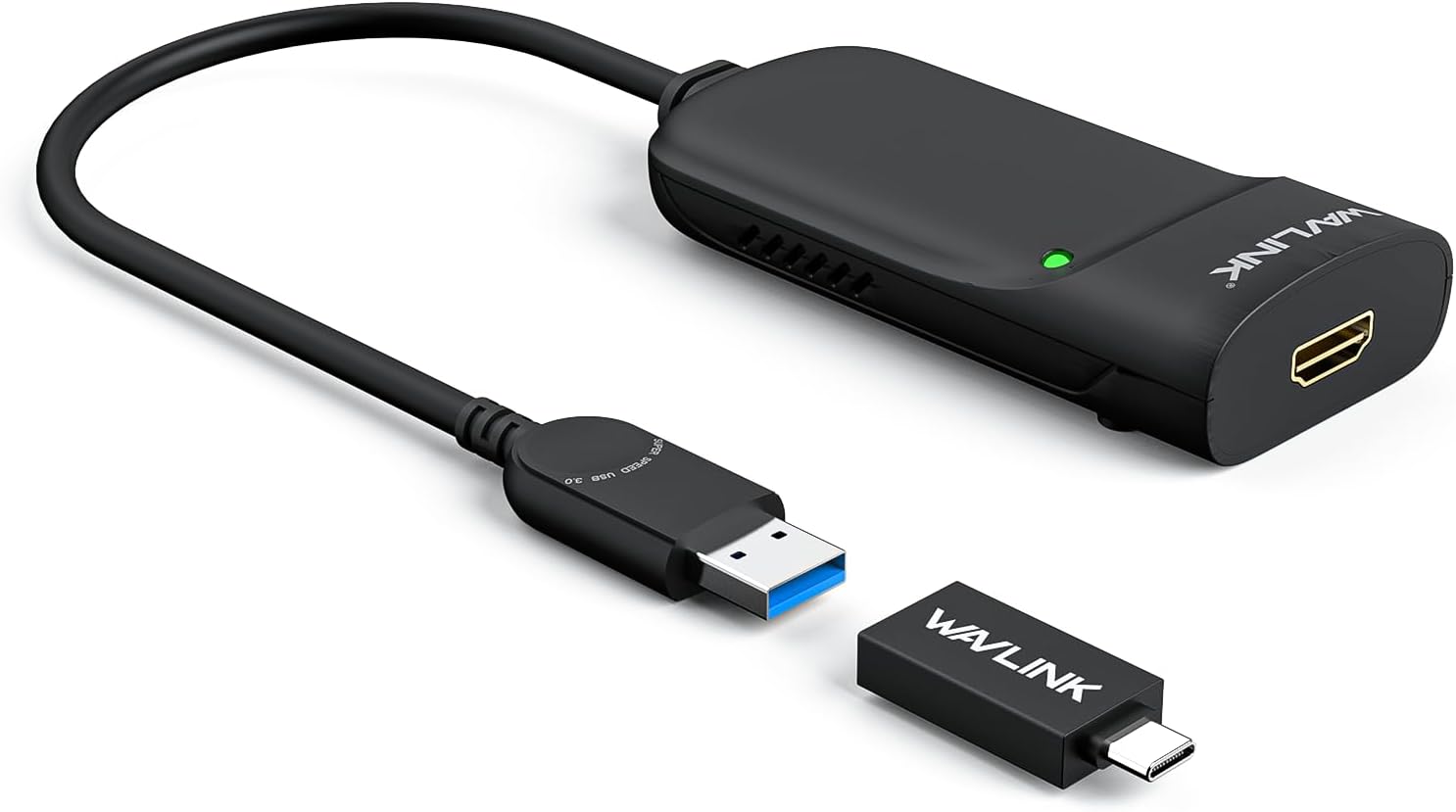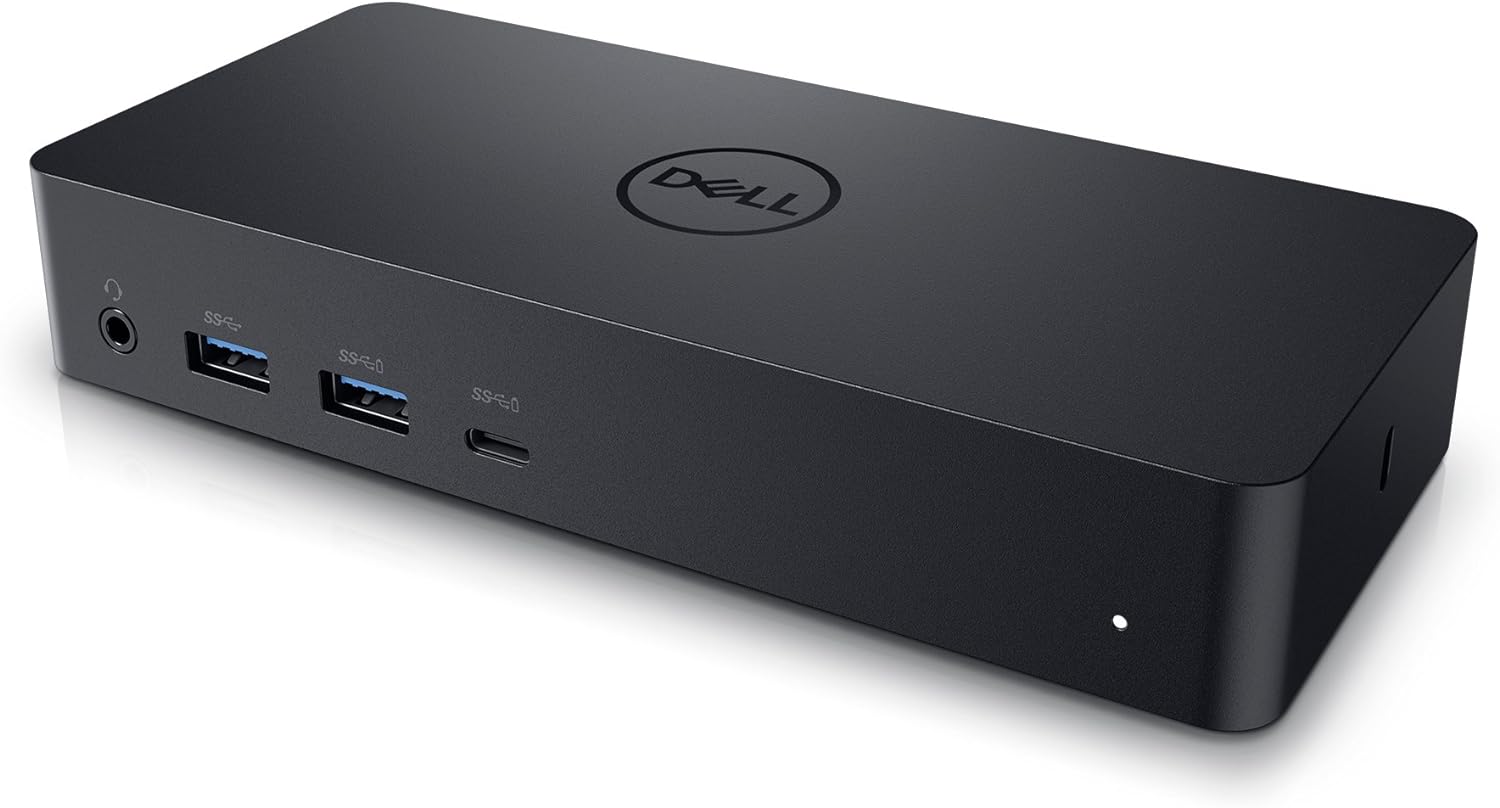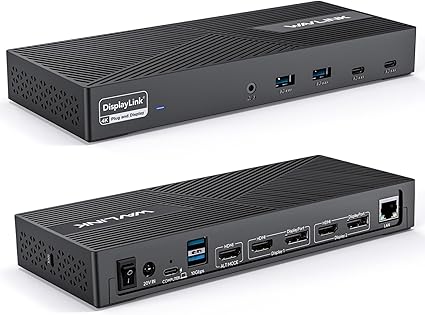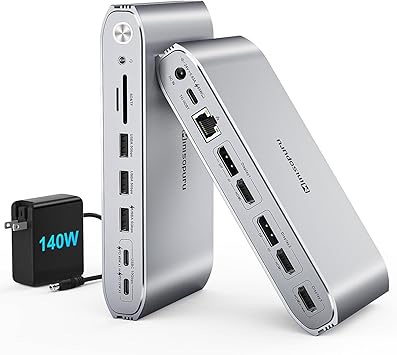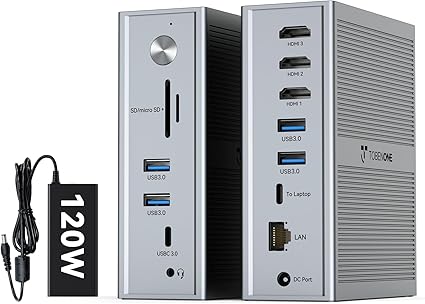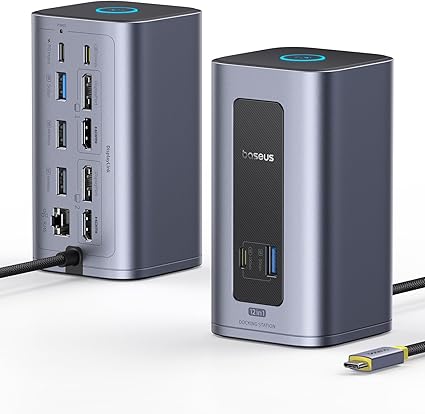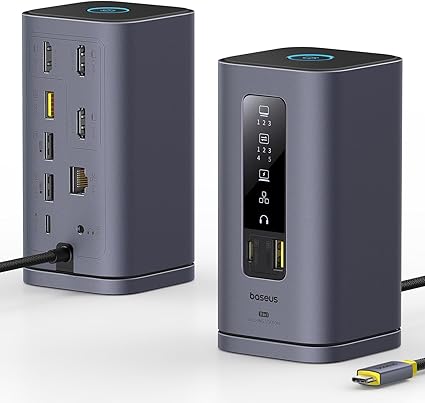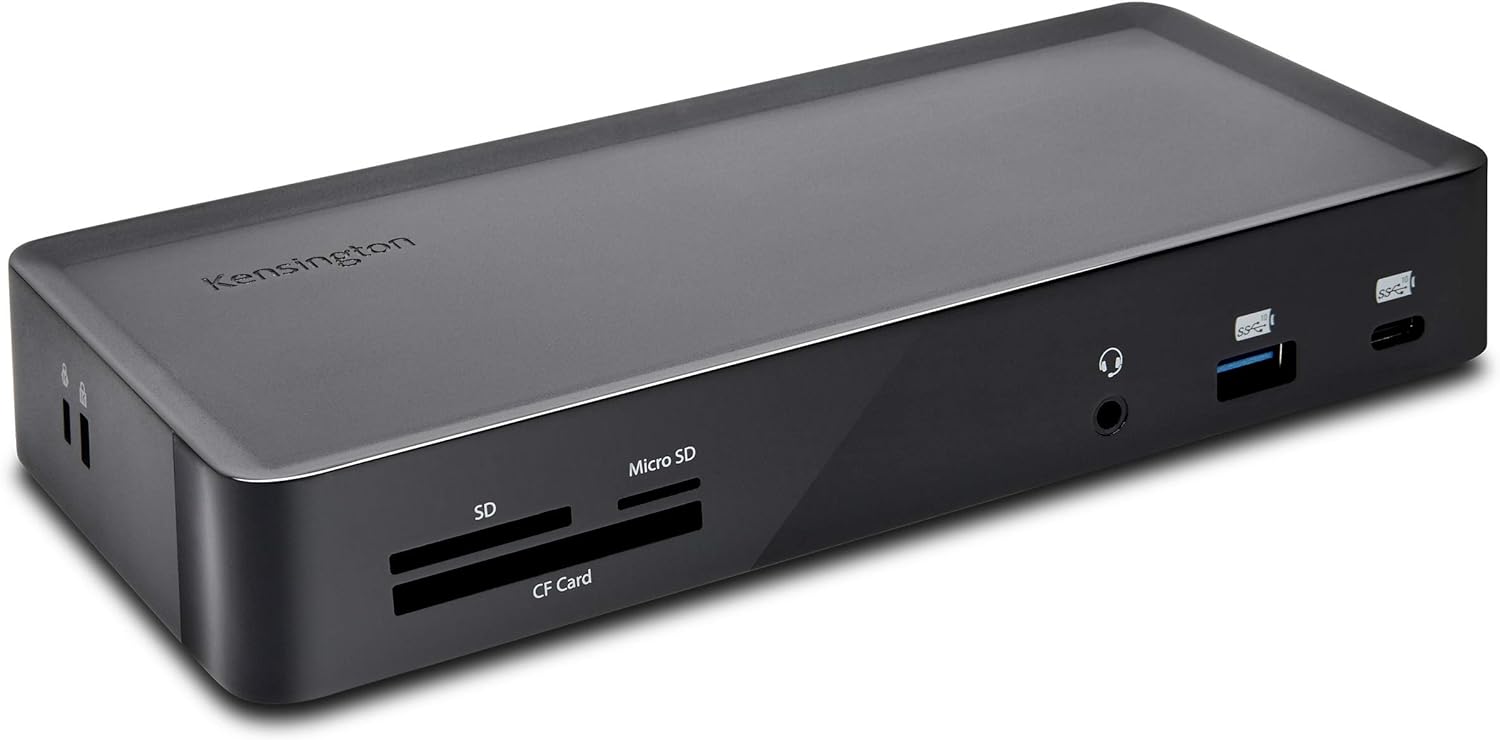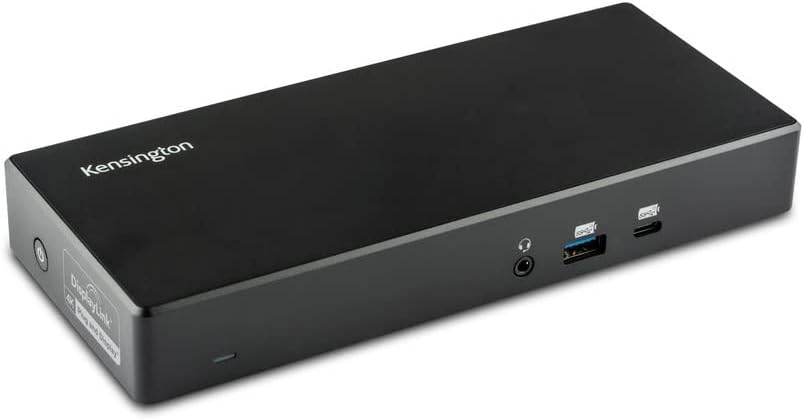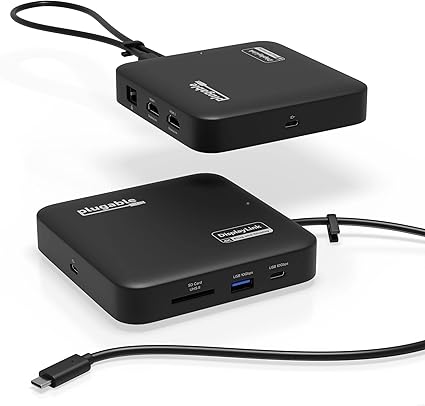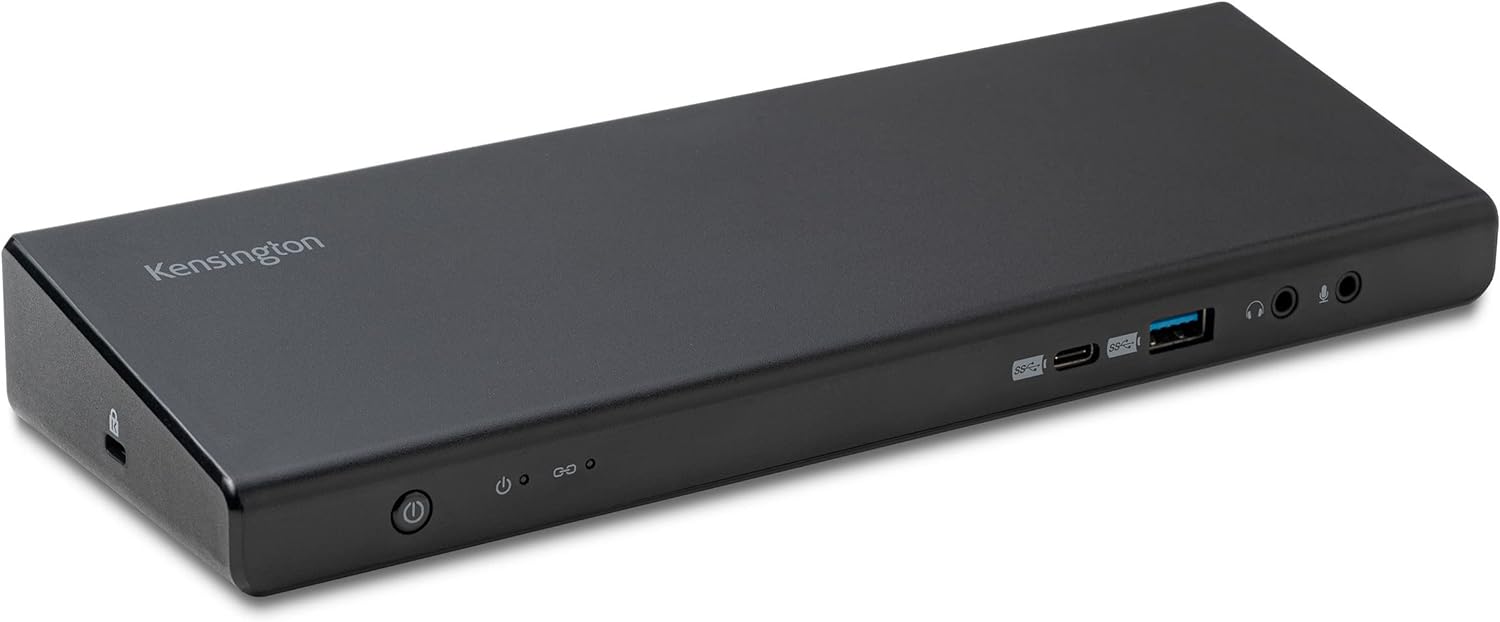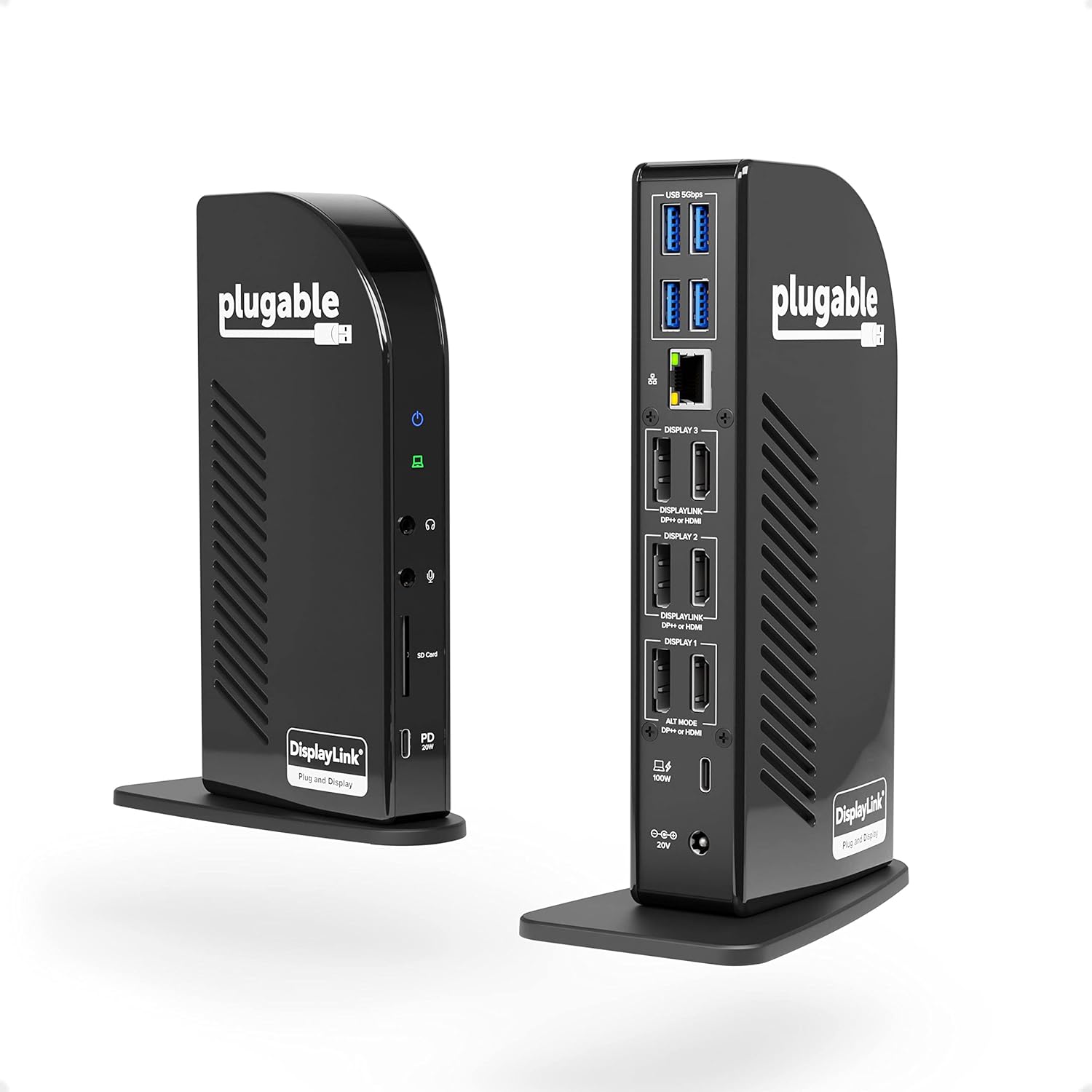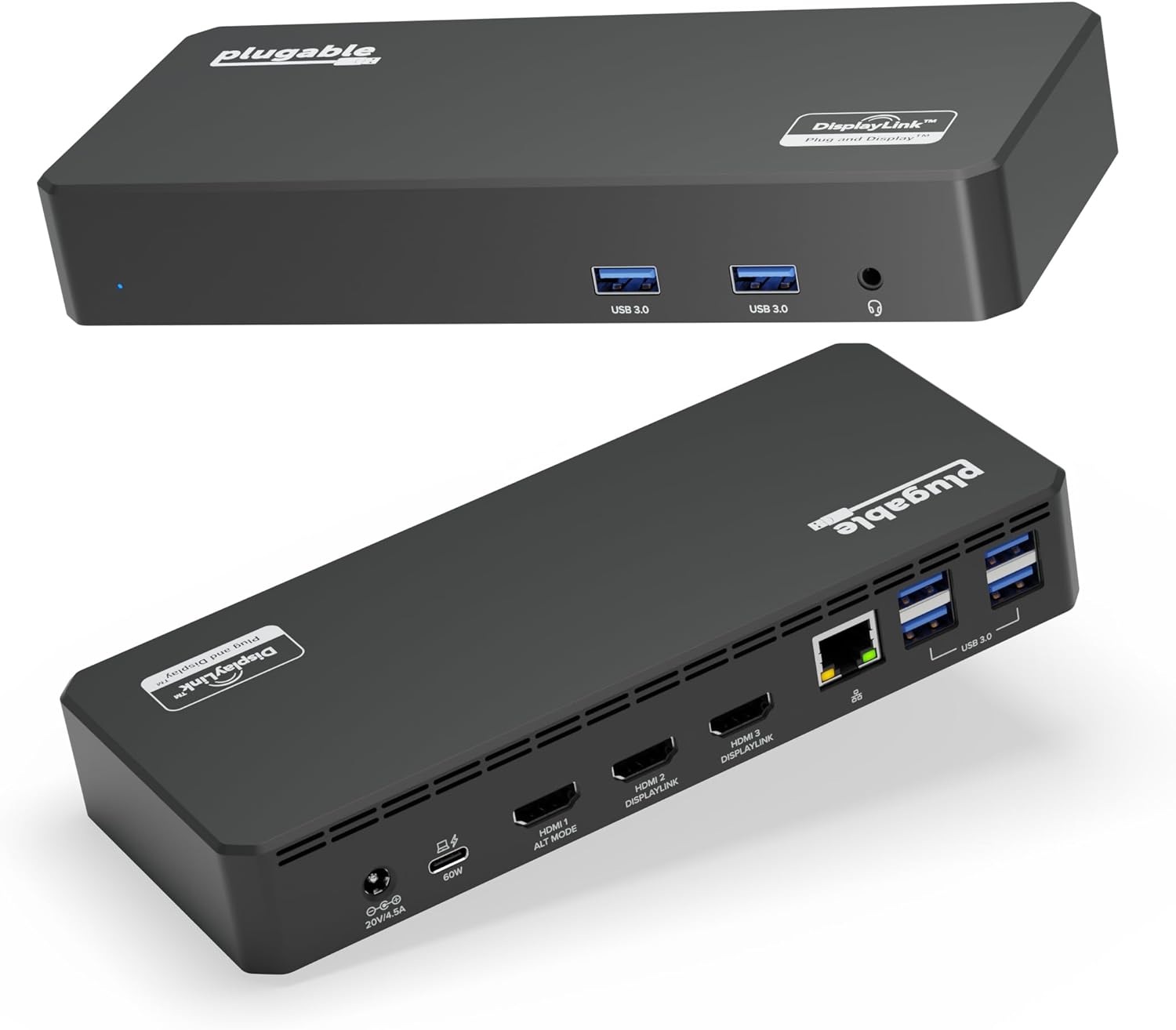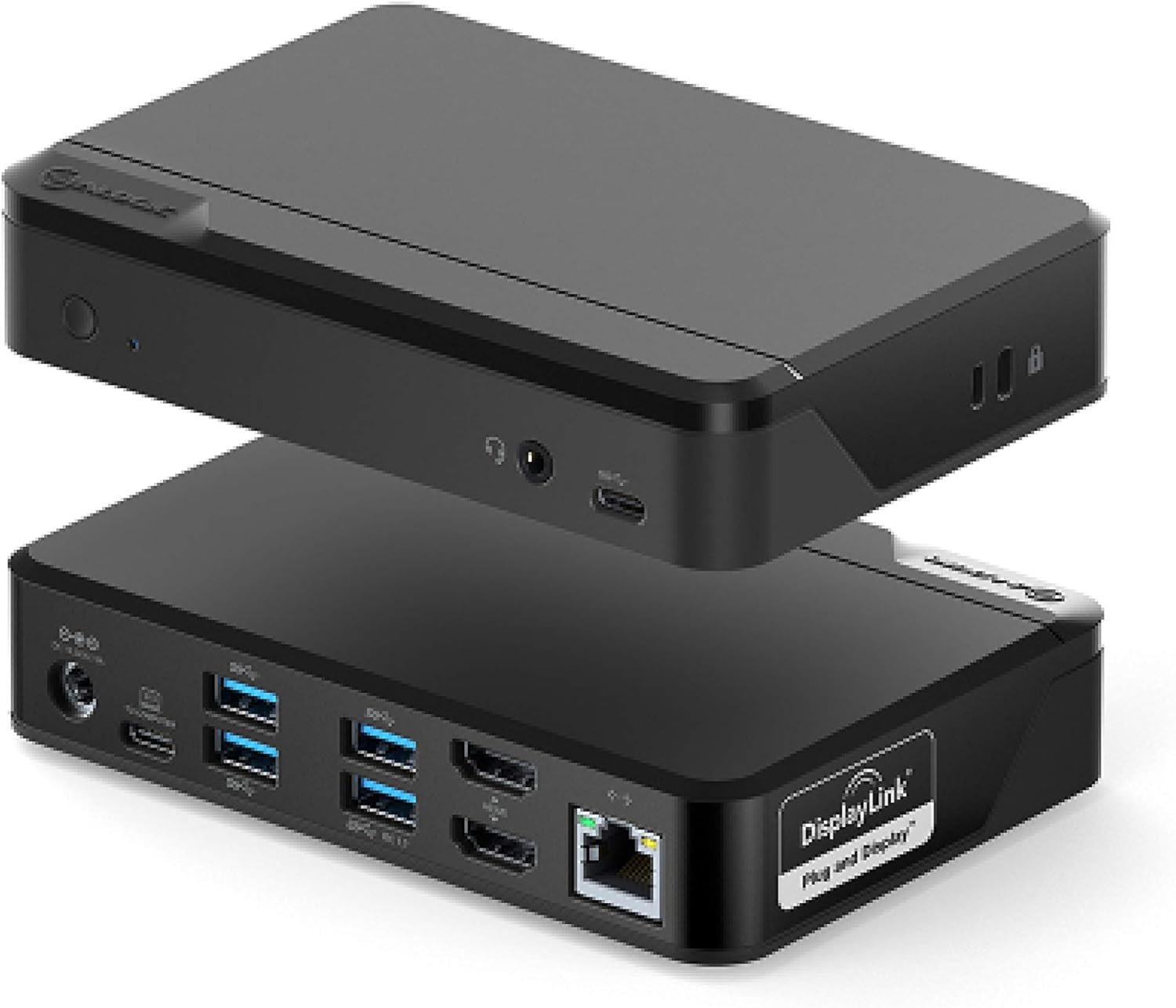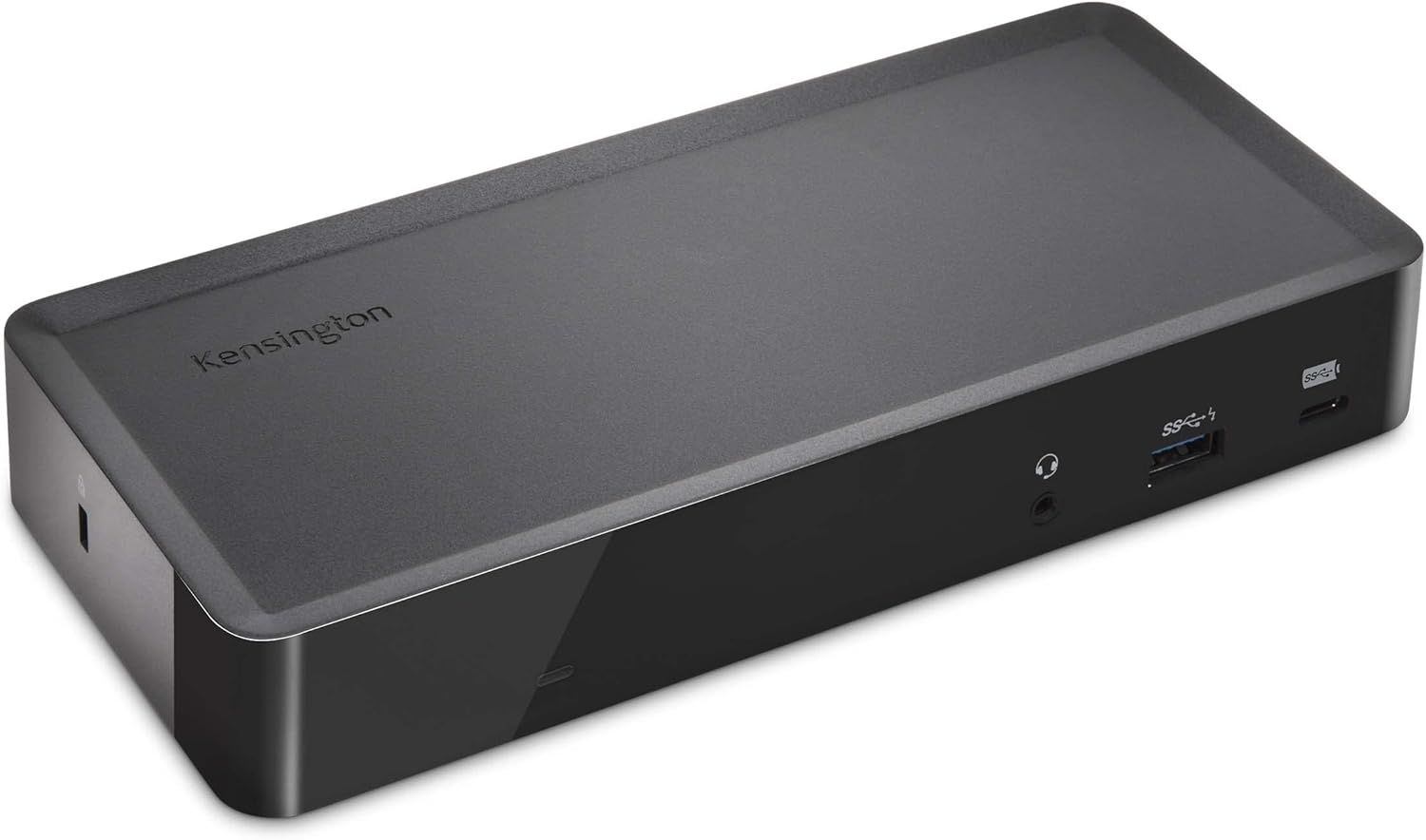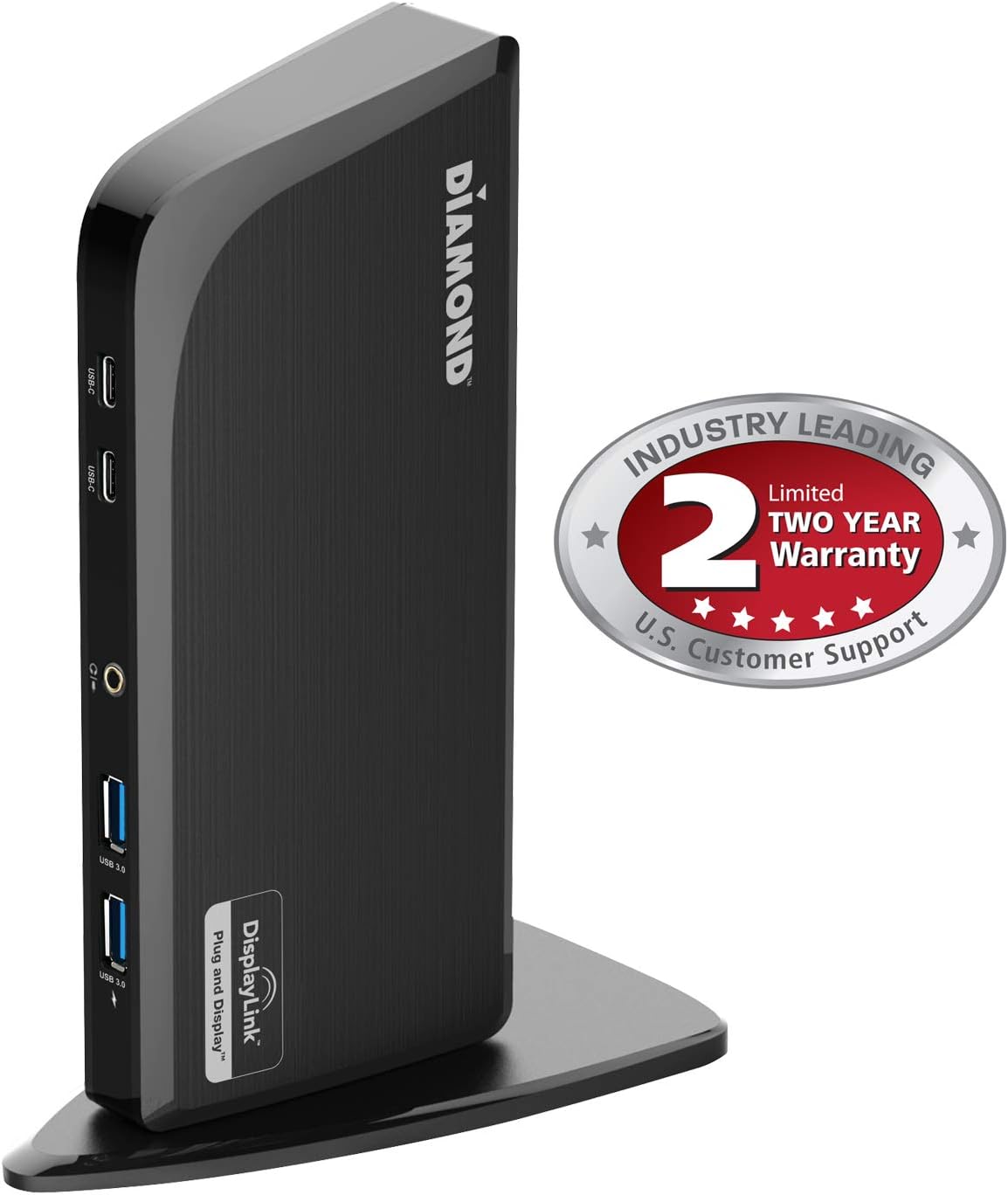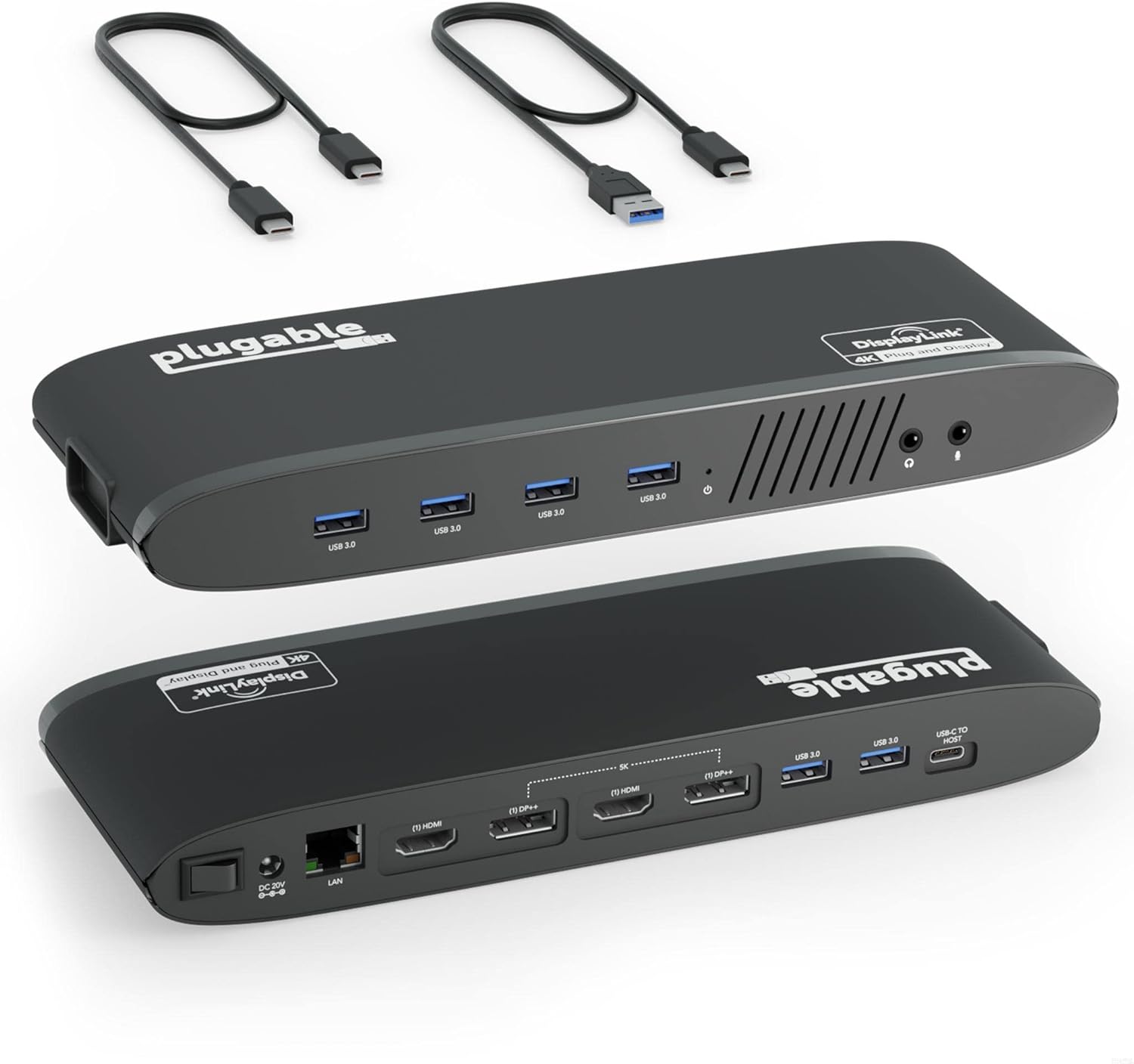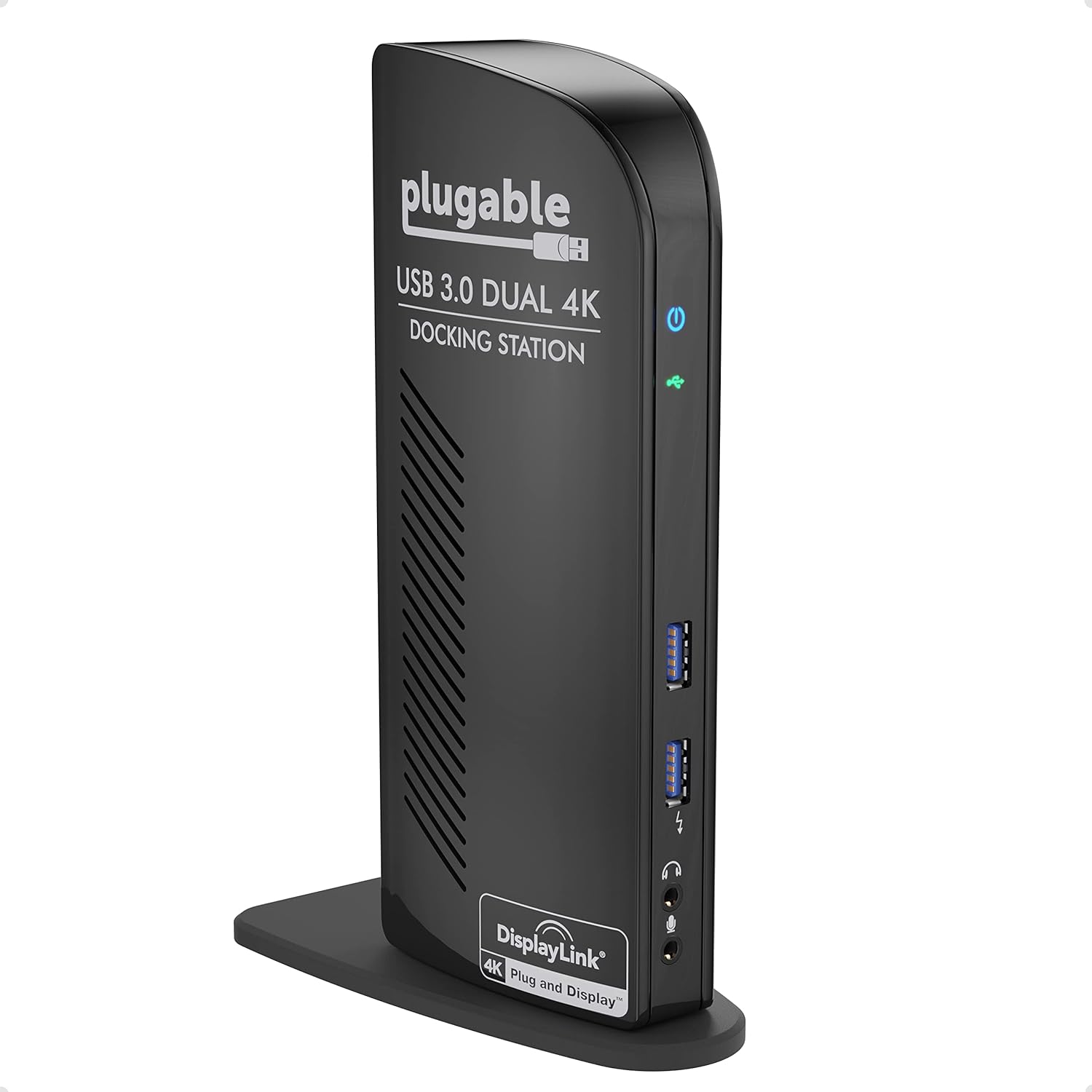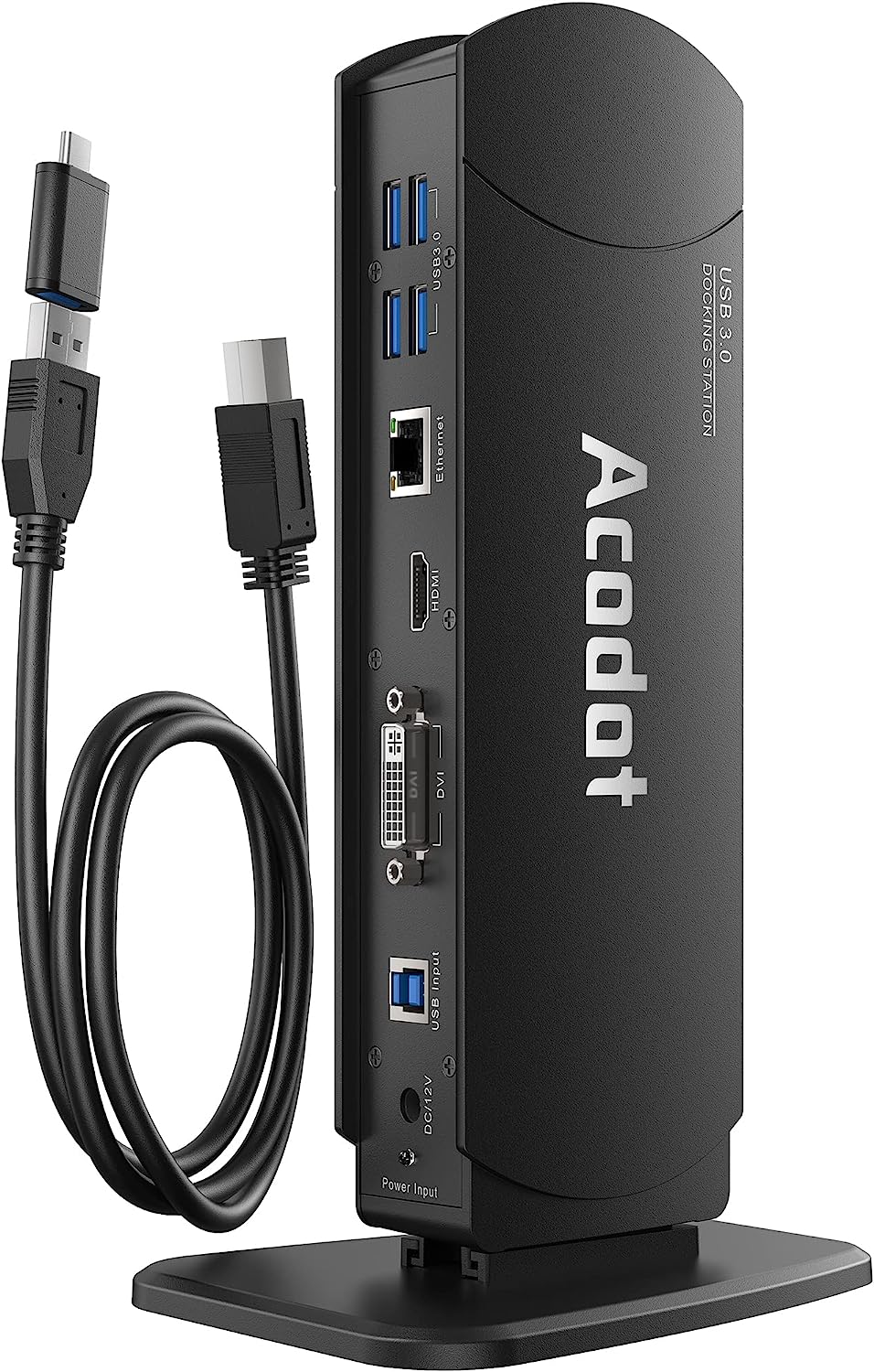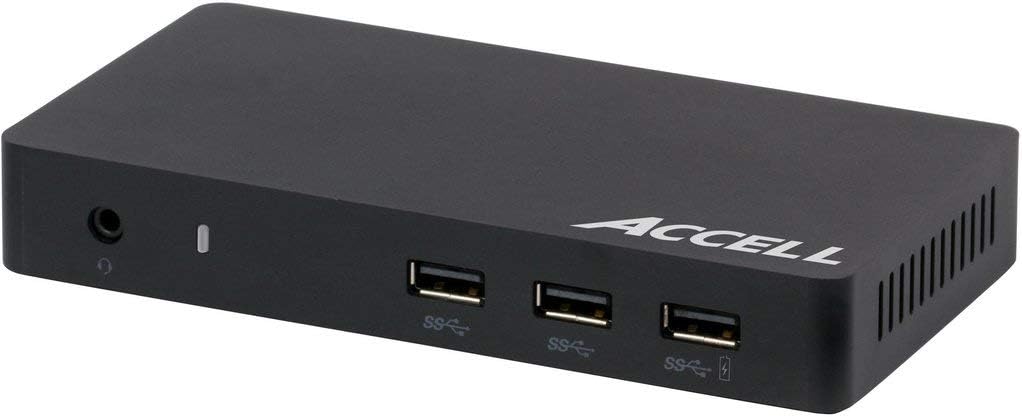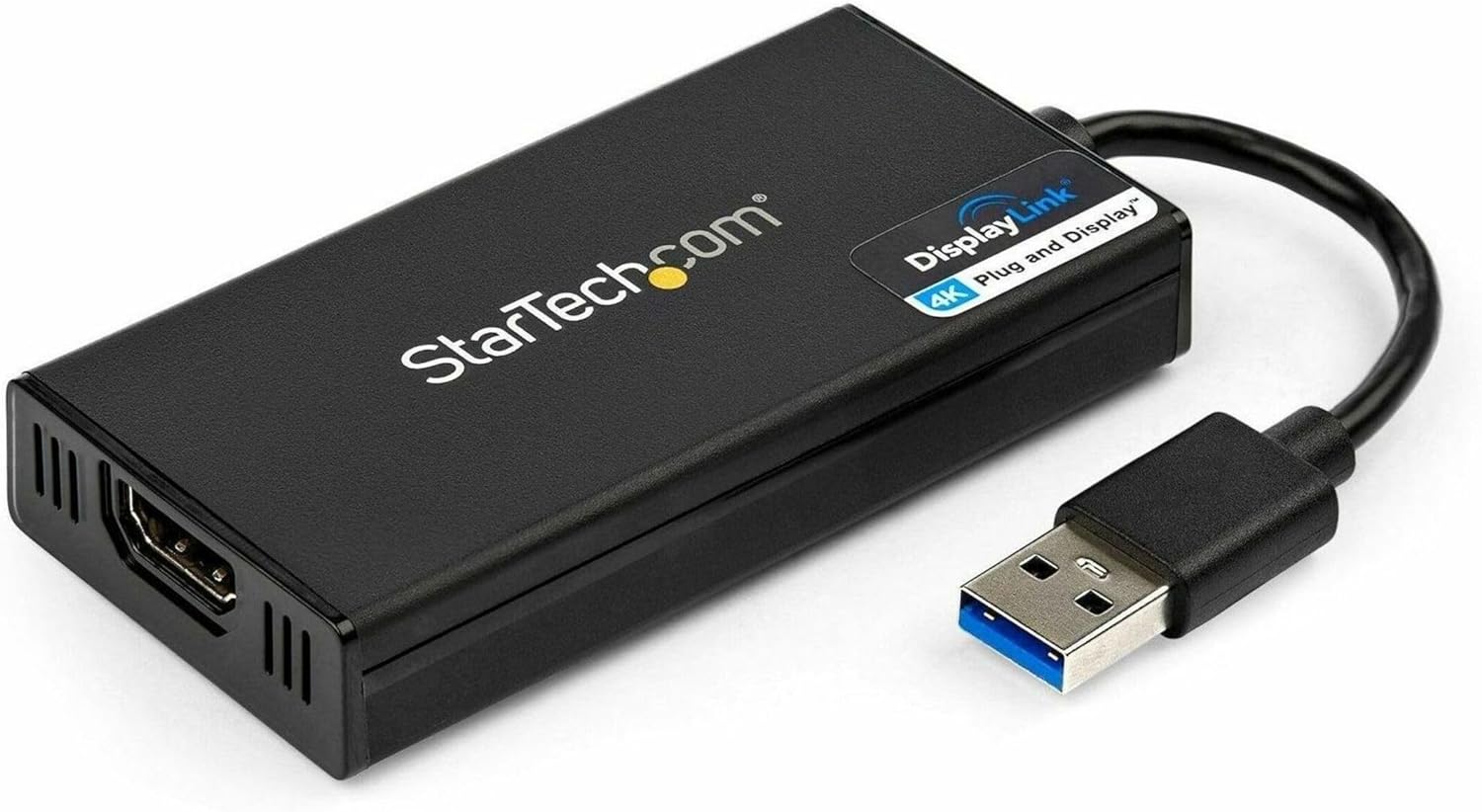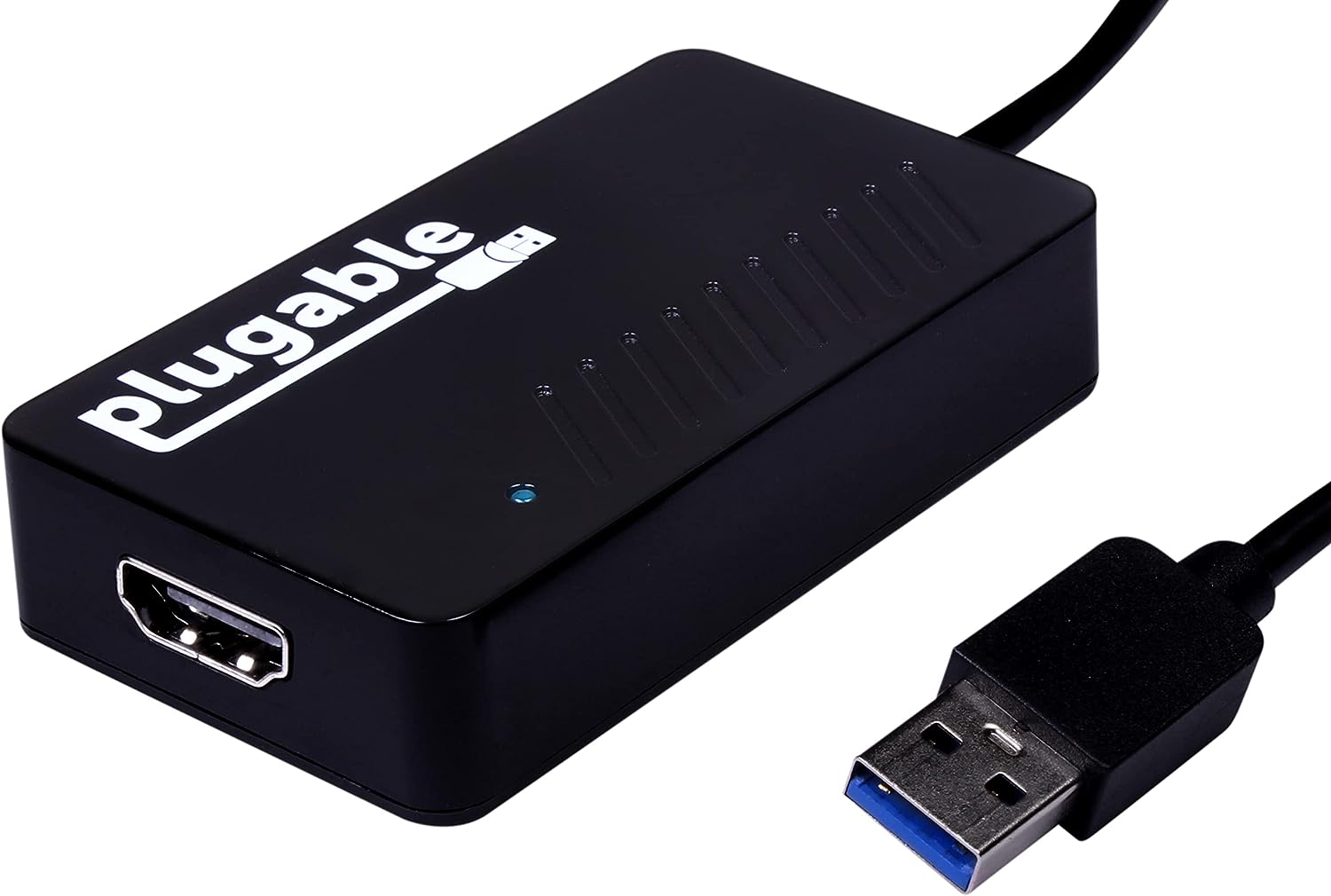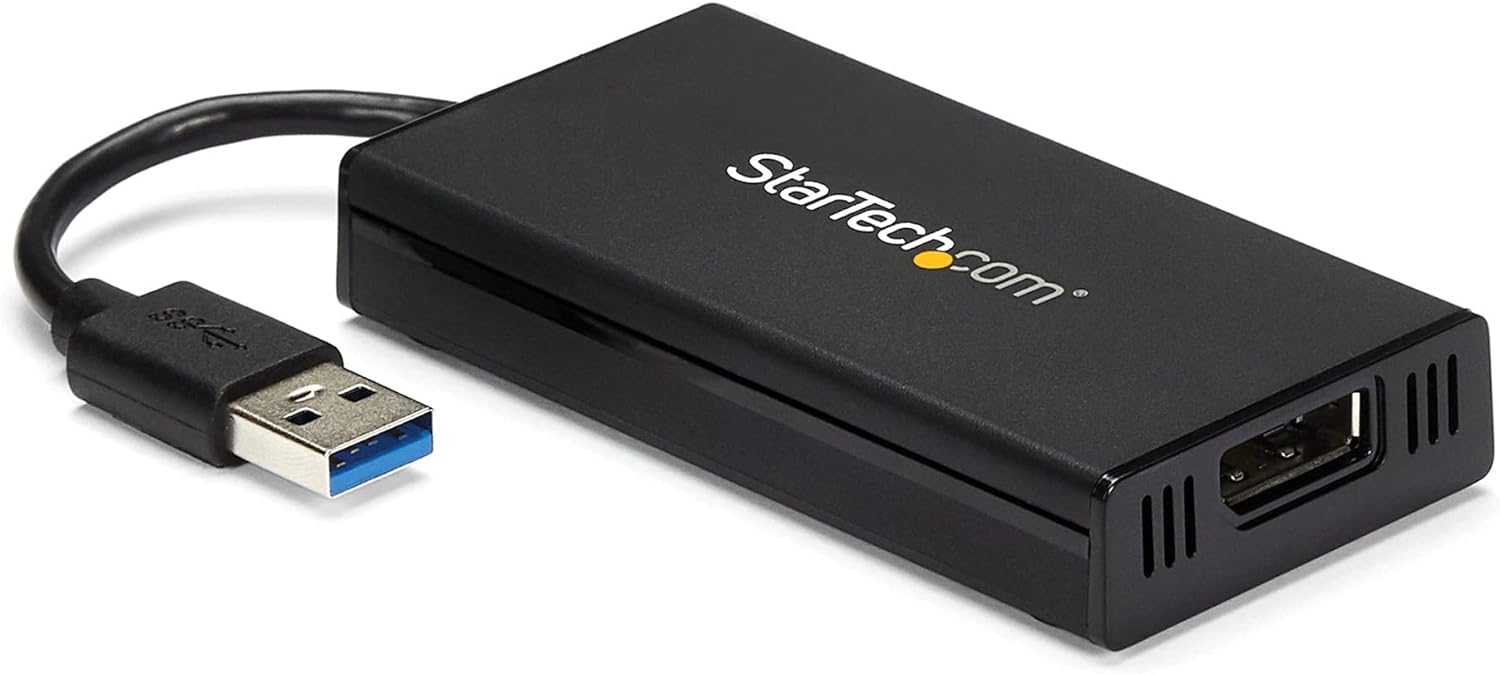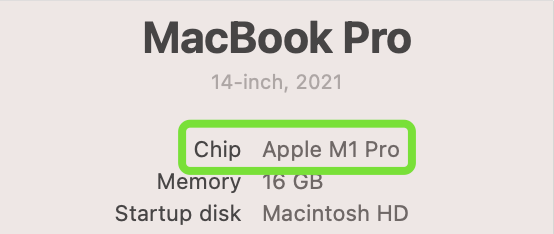Guide: Using Multiple Monitors with Apple Silicon MacBooks (2025)
Struggling to connect multiple displays to your M1-M4 MacBook?
You're in the right place.
This comprehensive guide will show
you possible configuration options and compatible devices.
Quick Summary:
- ⚠️ M1/M2/M3 MacBooks only support one external display by default
- ℹ️️ M4 MacBooks can support two external displays
- ✅ Multiple displays possible with DisplayLink or SiliconMotion technology
- 💡 Step-by-step setup guide & compatible products listed below
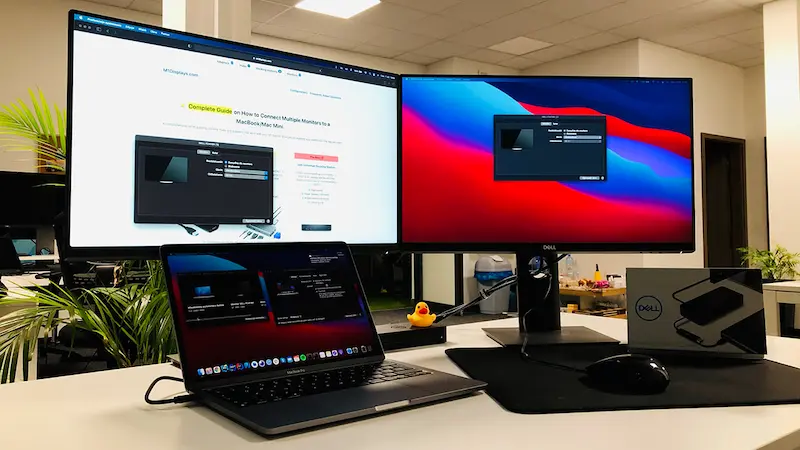
How to Connect Multiple Displays to Your M1-M4 MacBook
I've identified two reliable solutions that work. Both methods require specific hardware and software:
DisplayLink Solution
- Purchase a DisplayLink-compatible device from the list below
- Install DisplayLink drivers
- Enable "Screen Recording" permission for DisplayLink Manager in System Settings → Privacy & Security
- Connect your monitor to the docking station
- Configure display settings in System Settings → Displays
SiliconMotion Solution
- Purchase a SiliconMotion-compatible device from the list below
- Install SiliconMotion drivers
- Enable "Screen Recording" permission for macOS InstantView in System Settings → Privacy & Security
- Connect your monitor to the docking station
- Click "CONNECT" in the macOS InstantView menu
- Configure display settings in System Settings → Displays
